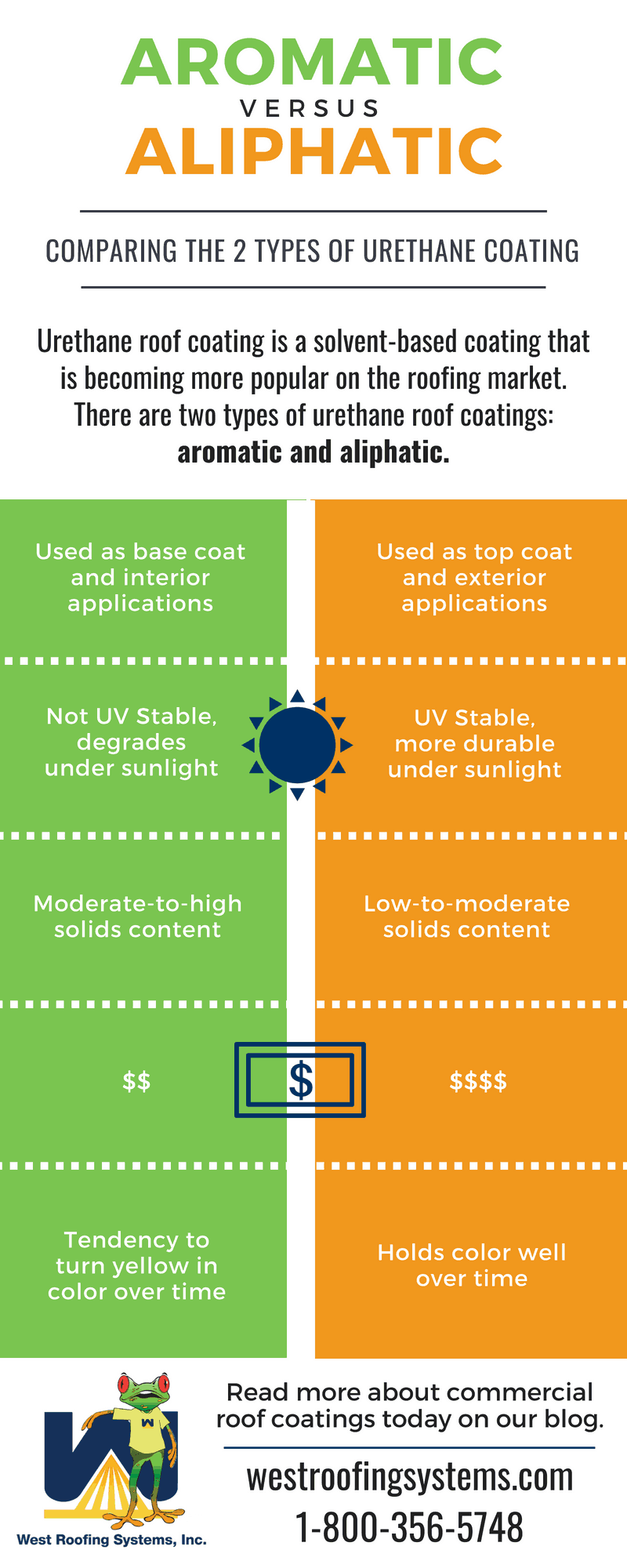When considering photovoltaic panel installation for your home, you must first ensure that your roofing fulfills certain requirements to make the most of energy generation possible. When you've analyzed your roofing's viability, the following essential step entails assessing your household's energy intake patterns to identify the dimension and type of solar panel system required. Additionally, checking out offered financial motivations and discounts can considerably affect the overall cost-effectiveness of your solar task. Taking these preliminary actions will set the structure for a well-informed decision on whether photovoltaic panels are a feasible alternative for your home.
Roofing system Evaluation
When thinking about solar panel installment, the primary step is evaluating the condition and viability of your roof covering. Your roof should be structurally audio, with no significant concerns like leakages or damages that might jeopardize the installment or the panels themselves. Make certain that your roofing gets an adequate amount of sunlight throughout the day, as shading from trees or neighboring structures can dramatically impact the efficiency of your photovoltaic panels.
Examine the alignment of your roof covering to see if it encounters southern, as this instructions generally gets the most sunlight in the Northern Hemisphere. Preferably, your roof needs to have an incline between 15 and 40 degrees to maximize solar energy absorption.
Furthermore, take into consideration the age of your roofing system - if it needs replacement quickly, it might be best to deal with that before mounting solar panels to stay clear of issues down the line.
Power Intake Analysis
To accurately figure out the viability and size of a photovoltaic panel system for your home, carrying out a power intake analysis is important. Begin by collecting your utility bills from the past year to comprehend your home's energy use patterns. Search for your ordinary monthly kilowatt-hour (kWh) consumption, which will certainly help figure out how much power your solar panels will certainly need to produce. Think about https://docs.google.com/spreadsheets/d/17aYPyz5JmEEQ9lJtVUJW5JuVKXBF0Jt-g7M8pu-NsI4/edit?gid=1901167292#gid=1901167292 like seasonal variations in energy use and any forthcoming way of life adjustments that can impact usage.
Next, evaluate the efficiency of your devices and electronic devices. Energy-efficient gadgets can dramatically reduce your total power intake, making your home a lot more solar-friendly. Replace outdated home appliances with ENERGY STAR-rated versions to take full advantage of power cost savings.
Finally, examine your day-to-day practices. Basic adjustments such as shutting off lights when not in use, unplugging gadgets on standby, and using all-natural light throughout the day can all add to lowering your power consumption.
Financial Incentives Assessment
Evaluating your home for photovoltaic panel setup entails not just understanding your power intake however likewise examining the monetary incentives offered. Prior to deciding to go solar, it's vital to check out the different economic incentives that can help offset the upfront prices and make the switch to solar more affordable for you.
One usual reward is the federal Investment Tax Credit history (ITC), which allows you to deduct a percentage of the cost of mounting a solar power system from your government tax obligations. In https://drive.google.com/drive/folders/1WdPKsWxH8NZhqAZDsYJYEU_32GQbTmJB?usp=drive_link , many states offer refunds, gives, or performance-based rewards to motivate homeowners to go solar. These incentives can substantially lower the overall expense of your photovoltaic panel setup and shorten the payback period.
To evaluate the monetary incentives readily available to you, begin by looking into government, state, and regional programs that can relate to your certain circumstance. Connect to solar installers in your location who can offer details on readily available motivations and aid you browse the procedure of asserting them.
Conclusion
In conclusion, by carrying out a complete roof evaluation, examining your energy intake, and checking out monetary rewards, you can determine if solar panel installation is a viable alternative for your home. Taking these steps will assist you make an educated choice about harnessing clean, renewable resource to decrease your carbon footprint and save money on energy costs. So, start assessing your home today and profit of solar energy.
